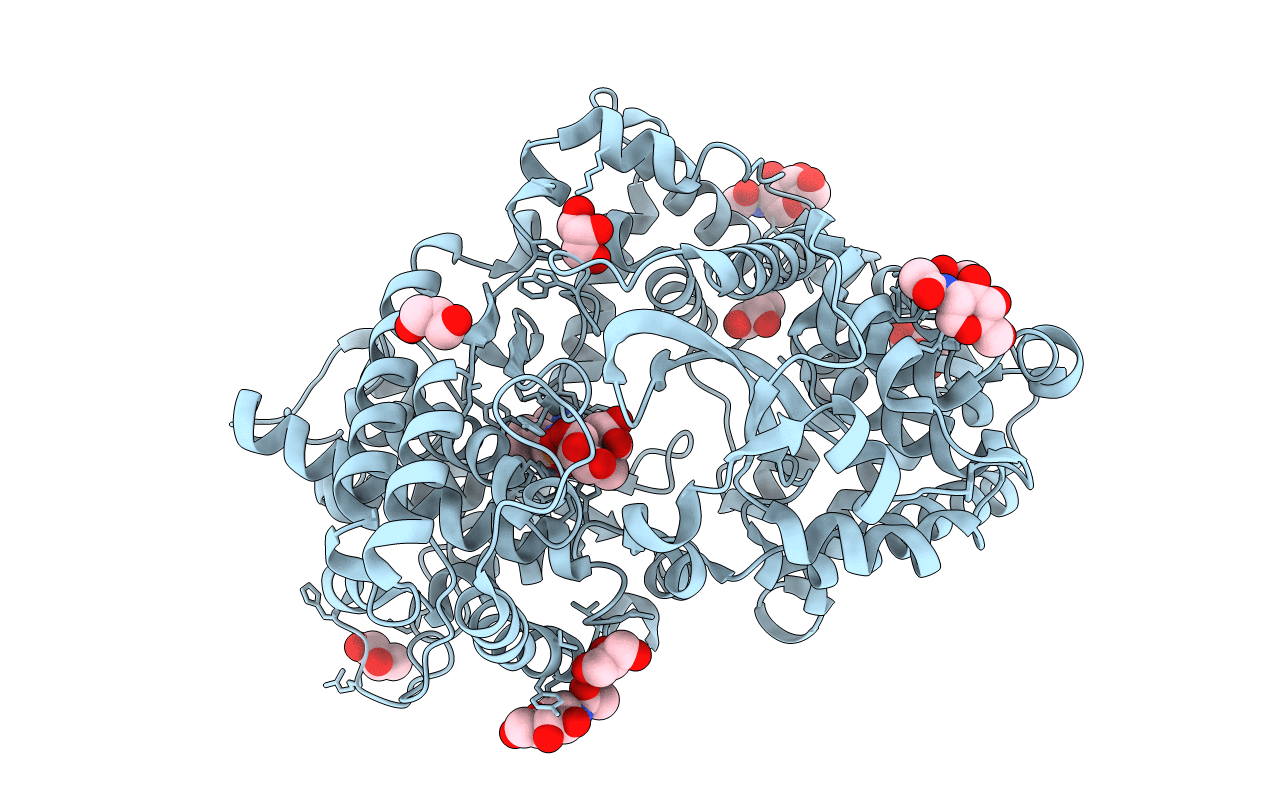
Deposition Date
2014-03-13
Release Date
2014-08-13
Last Version Date
2024-11-13
Entry Detail
PDB ID:
4CTH
Keywords:
Title:
Neprilysin variant G399V,G714K in complex with phosphoramidon
Biological Source:
Source Organism:
HOMO SAPIENS (Taxon ID: 9606)
Host Organism:
Method Details:
Experimental Method:
Resolution:
2.15 Å
R-Value Free:
0.26
R-Value Work:
0.20
R-Value Observed:
0.21
Space Group:
P 32 2 1


